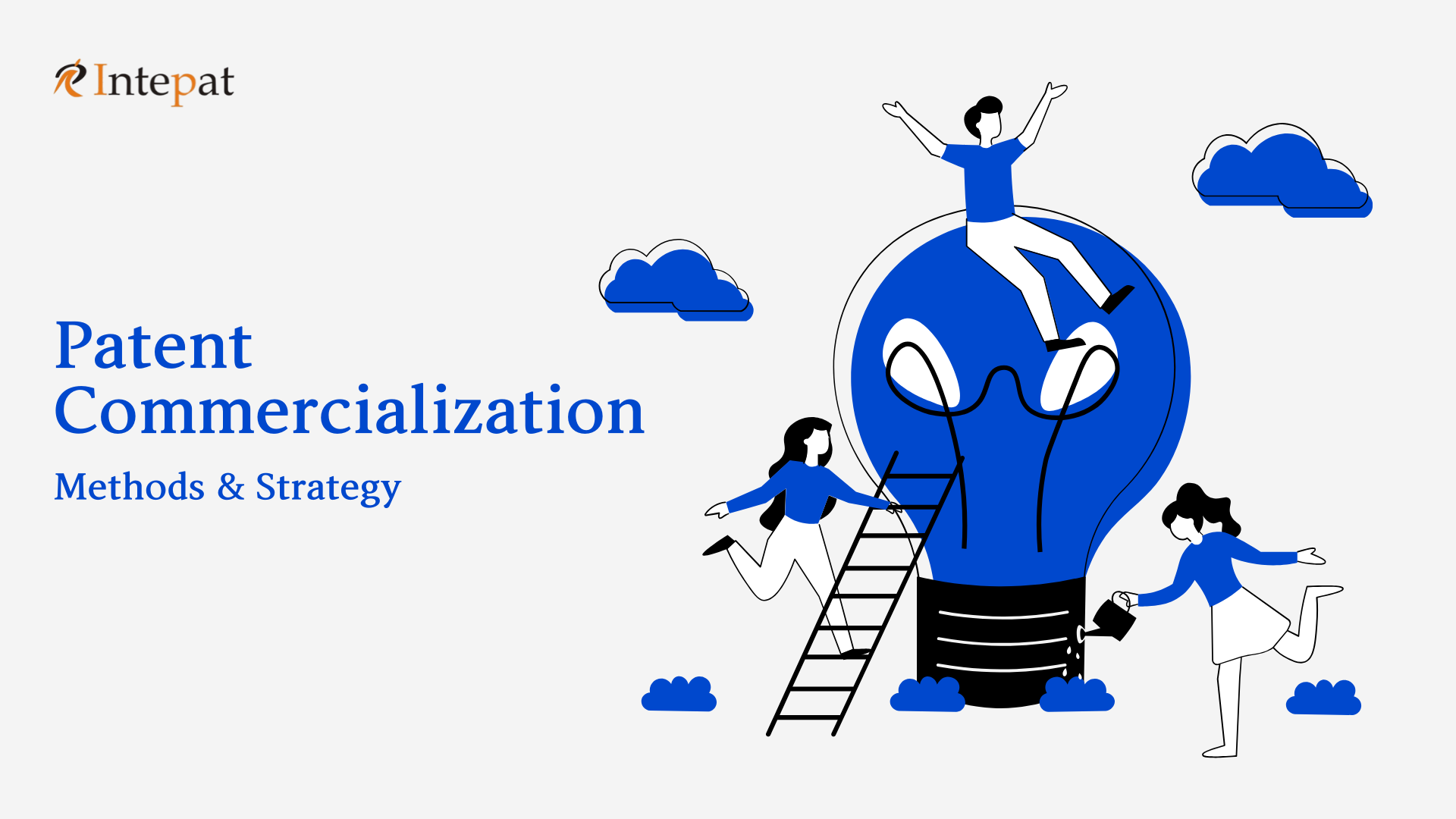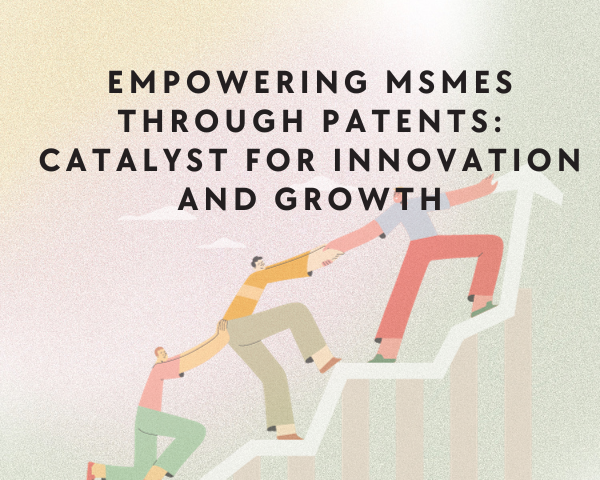Patent Commercialization
Every invention is precious and valuable to the inventor. One can reap the full reward for his invention when it starts generating monetary benefits. Besides, our intellectual property system does its best to recognize and protect the rights of the inventor. Now it is up to the inventor to use the exclusive rights of the patent effectively to his advantage.
The patent itself will give courage to the inventors to bring out their inventions in public. Moreover, a patent adds value to the product or process among potential investors. But merely acquiring a patent does not guarantee the product’s or process’s commercial success in the market. Not all patented inventions or patent-pending inventions see the market. It always requires one push from the inventor to skyrocket the demand for the patented invention. Let us look into some methods and strategies to commercialize your patent.
Ways to Commercialize Patents
Selling the patent
Sometimes a company may land on an invention that is not in line with its business. In some instances, the invention process would have drained all the organization’s funds. In such cases, the organization or the patentee will be keen to get a quick return on the investment in the research and development of the invention. Hence, the inventor may sell the patent ownership and give up all his rights over the patent to another party or organization (assignee). The assignee pays a one-time compensation to the inventor.
Organizations may also opt to sell their patent if the focus of the organization is only on R&D and it is not ready to tackle the risks of marketing. An inventor with inadequate contacts to manufacture or market the product will find selling the patent an alluring option.
Patent licensing
Licensing the patent is a more practical and collective approach to commercializing the patent. There are different types of licensing available. Hence, a patent holder (i.e., licensor) should thoroughly study the licensing options, weigh the profits in each type of licensing, and then decide.
A patent owner can opt for exclusive licensing and grant the rights to manufacture, use, or sell the patented product only to one organization. One can grant exclusive licensing on a global scale or within a geographical region.
A licensor can grant licensing to more than one organization through non-exclusive licenses. As a result, many licensees will be manufacturing the same product. The high competition among licensees can potentially reduce the product’s market rate. It can also lower the licensing fee income to the licensor.
Ensuring the patent license is in the right hands
The licensor should study and sort out potential and capable licensees before licensing the patent. This will ensure the successful commercialization of the patented product. It is always wise to set targets or milestones (e.g., sale numbers) that the licensee should achieve within a particular time.
Such performance obligations will keep the licensee active and soon put the product on the market. This is because the sooner a product reaches the market, the more it is ahead of the competitors, generating more revenue for the licensor. Moreover, the licensor can terminate the license if the licensee cannot achieve the performance obligations.
Fixing the licensing fee
We should analyze the value of the patent to calculate the licensing fee. The most common strategy to decide the compensation amount is by benchmarking. First of all, the parties compare the patent with older and existing technologies. Then, both parties carefully study already existing licenses and agreements and arrive at the licensing fee.
Meanwhile, if the invention is very novel, and one can’t compare it with existing technologies, the companies adopt a different approach. The licensee calculates the estimated expenses for the manufacturing and marketing of the product and then compares them with the risks.
Self-manufacturing and outsourcing
A patent holder may decide to manufacture his patented product in his own organization and market it. However, it might be successful in a scenario where the invention is novel, and there is a high potential for the success of the product in the market. Moreover, the novelty of the invention would give it a competitive edge over the market. Meanwhile, the patentee will be liable to the risks in producing and marketing the product.
The inventor may also outsource the production process alone to another company. This will enable them to sell the product in their own brand name without risking any investment in factory machinery.
Patent Enforcement
Patents grant exclusive rights to the patent holder to stop others from manufacturing, using, or marketing the patented product, process, or design. Sometimes, a third party may make use of the patented inventions or design a similar product without prior permission from the inventor. In such cases, a patent holder can file a lawsuit against a third party for infringing his patent rights.
The court will issue an injunction to the third party to stop infringing on the patent claims. Moreover, the patent holder will become eligible for monetary benefits or, at times, royalties to compensate for the economic loss caused by the third party. The patent holder can also negotiate with a third party to license the patent legally. As a result, the mutual agreement will benefit both the third party and the patent holder and commercialize the patent.
Marketing
In rare cases, some inventions are completely novel. There may not be any such product in the market. Yet, the invention might hold the key to solving a major problem. In such cases, the patent holder can come up with a marketing plan to sell the product. However, as time goes by, there are high chances for more innovative and improvised products to appear in the market. Hence, the inventor should move his marketing strategy from a novel product to offering an economically feasible product. This would help the inventor to sustain itself in the market.
Though these methods involve high risk, they allow the patentee to be directly involved in the manufacturing process. This, in turn, would give a sense of satisfaction to the patentees.
These are some of the basic strategies an organization or a patent holder could adopt to commercialize their patented product or technology. It is wise to conduct a thorough study and adopt the strategy that most suits the invention to gain maximum benefits.




